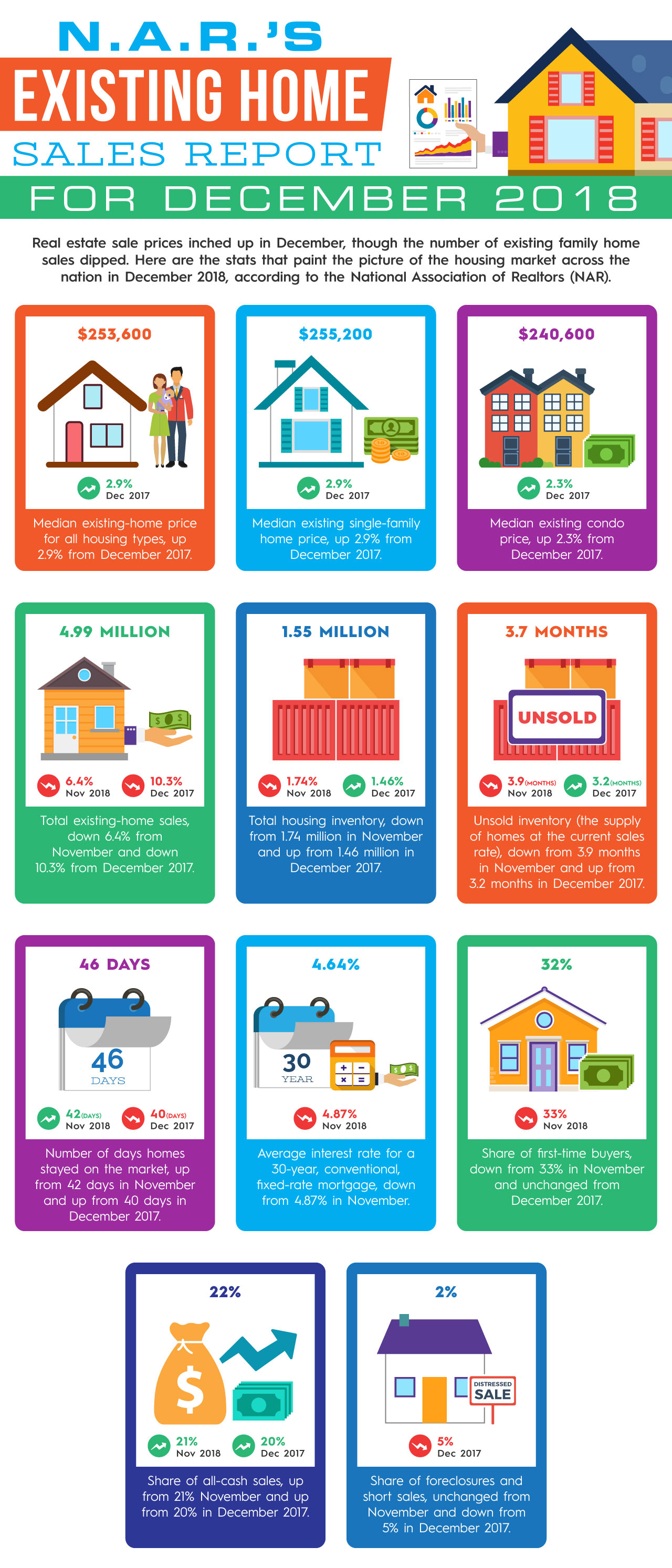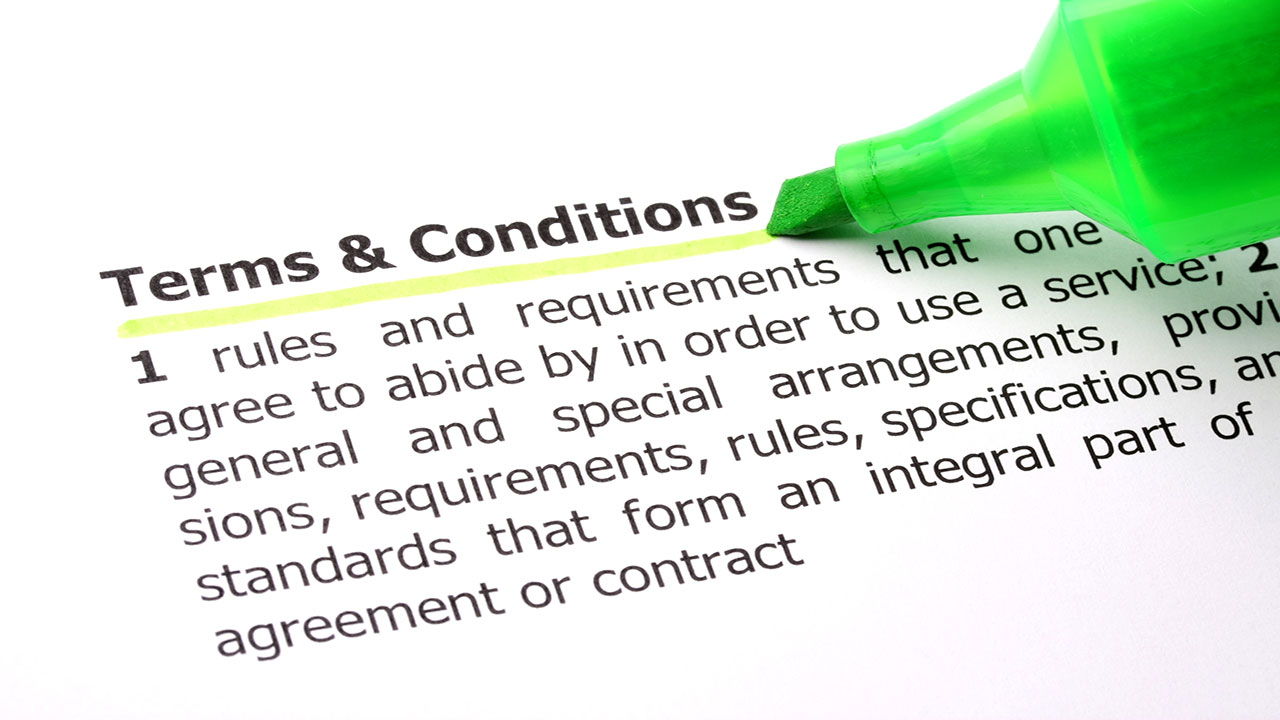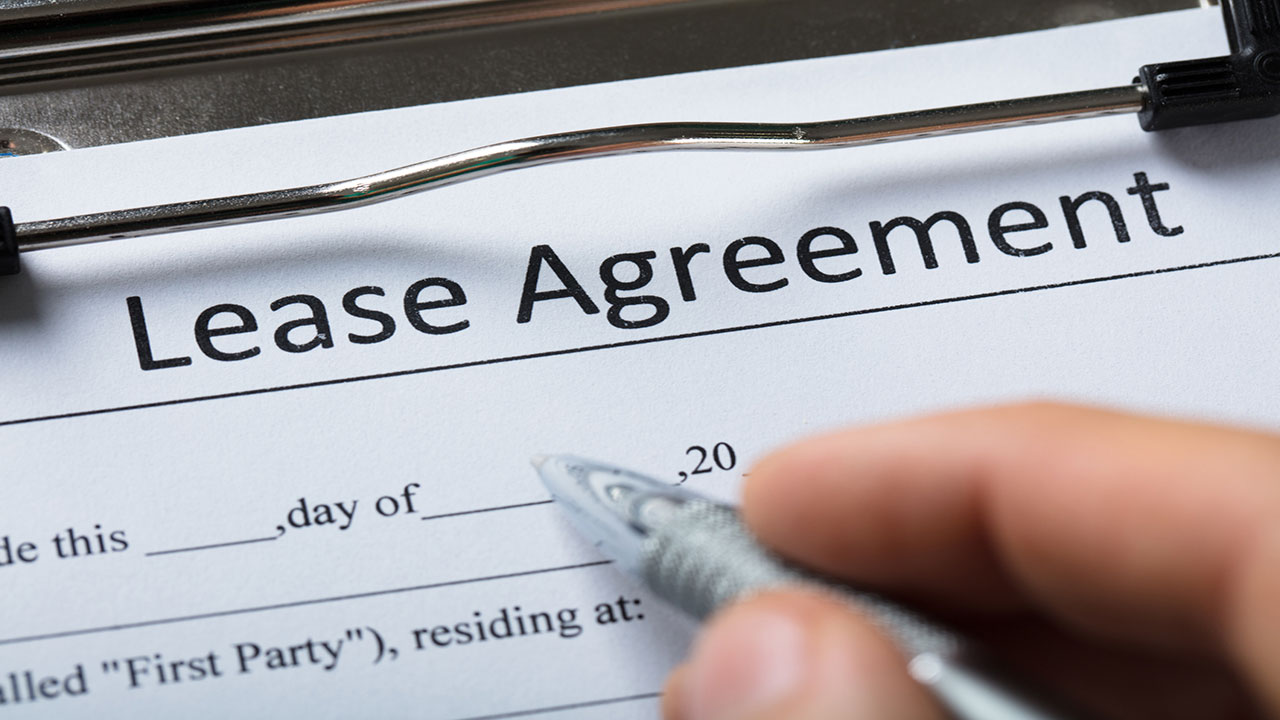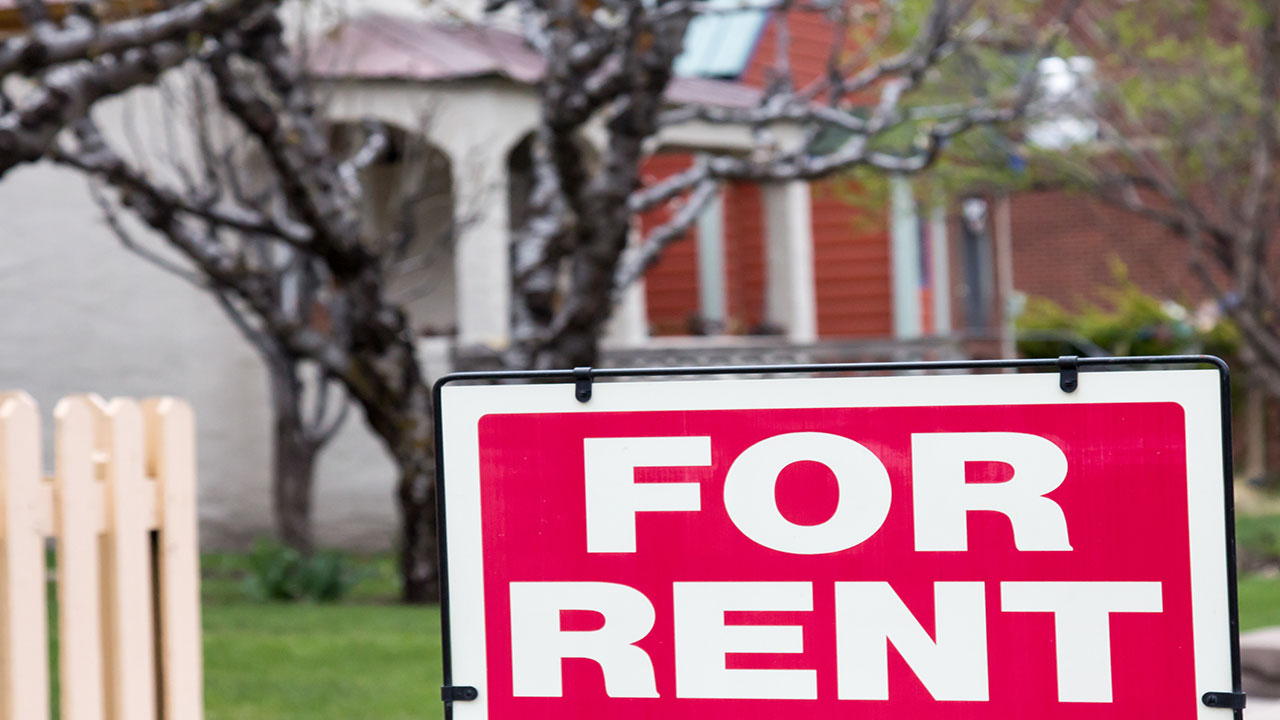8 Things Buyers Should Know About Buying a Fixer-Upper

While many buyers tend to look for turn-key homes that they can just drop their belongings in and not have to worry about any extra work, others like the idea of having the opportunity to fix up the home as they see fit while adding extra value to it.
Of course, there are also buyers who are specifically looking for fixer-uppers that they can improve and then sell for a quick profit.
Whatever side of the coin you may be on for wanting a buy a fixer-upper, there are a few things that you should know first that will help you maximize your investment and profits.
1. Location is Number One

Whether you’re buying a home that you plan to raise a family in or are making a purchase for investment purposes, location is always most important. You can make all the changes you want to the actual property, but you can’t change its location. And if you plan to sell your fixer-upper in the future for a profit, the location will determine how easy or difficult it will be to sell.
Always consider the area you’re looking in to determine whether or not it’s desirable. Consider property values in the area and how much they’ve appreciated relative to neighboring areas, and find out what type of future development may be in the works that could influence the value of your property.
Your best bet is to buy a fixer-upper in a location with healthy market growth.
2. Buy the Worst House on the Best Street
If you buy the best house on the block, there’s little room to go up in value. This is especially important if your main goal is to fix and flip for a profit.
Ideally, you’ll want a big gap between the price you pay for the home and the amount you can realistically sell it for once it’s been fixed up. That way you can add value to the property yourself and take advantage of the appreciation come sale time.
3. Home Improvement Loans Are Available

Renovations can be expensive, and if you’re already maxing out your financial resources with the home purchase on its own, then there may be little left over to fix the place up.
Luckily, there are home renovation loans that you may be able to qualify for. These specialized mortgages offer loans to pay for the home itself while allowing for extra funds to cover the cost of improvements, such as the FHA 203(k) or Fannie Mae HomeStyle loans.
It should be noted that both you and the home will have to qualify for these types of loans. You’ll need an approved contractor and a submission of your loans for the work you propose to do. As long as you meet this criterion, you can take advantage of the funds needed to complete the updates you plan to do.
4. Look For Cosmetic Requirements Only
It’s so much easier (and cheaper) to make cosmetic updates on a fixer-upper as opposed to structural changes. Things like kitchen and bathroom updates, a fresh paint job, new countertops, new flooring, siding repair, or knocking down a wall or two are quick and simple cosmetic updates that can make a huge difference in the look of a home. Unlike structural changes, they’re quicker, cheaper, and easier to do.
Big-time work like fixing foundation issues, damage from pests, water damage, or soil issues could be extremely costly and time-consuming problems to deal with, which can really eat into your finances.
5. Bring a Contractor in

You’re going to want to have a home inspection done on the home you plan to buy, but you should also bring a contractor in as well. The contractor will be able to provide you with estimates on the work that you plan to do on the home so you can have a better idea of how close you’ll be able to stick to your budget.
After your contractor has had a chance to look around, ask for a bid for the job before making an offer on the home.
6. Crunch The Numbers Before Putting in an Offer
You’re only going to know if the fixer-upper you have your eye on is a good deal or not by crunching the numbers. You might see a home with a low price that only requires cosmetic upgrades to be made, but you need to make sure you can sell at a price high enough that will allow you to realize a decent profit.
To do this, you’ll need to work backward from the future sale price. And the only way to do that is to know how much you can realistically sell for. This is where a real estate agent can come in handy.
Find out what properties in the area have recently sold for and compare them to what your home will look like once all the work is done. Deduct every single cost associated with buying, fixing, and then selling the home, and see what’s left over. Considering all the work involved, you’ll want to make sure that the number you come up with will be worth your while.
7. Consider What You Can DIY
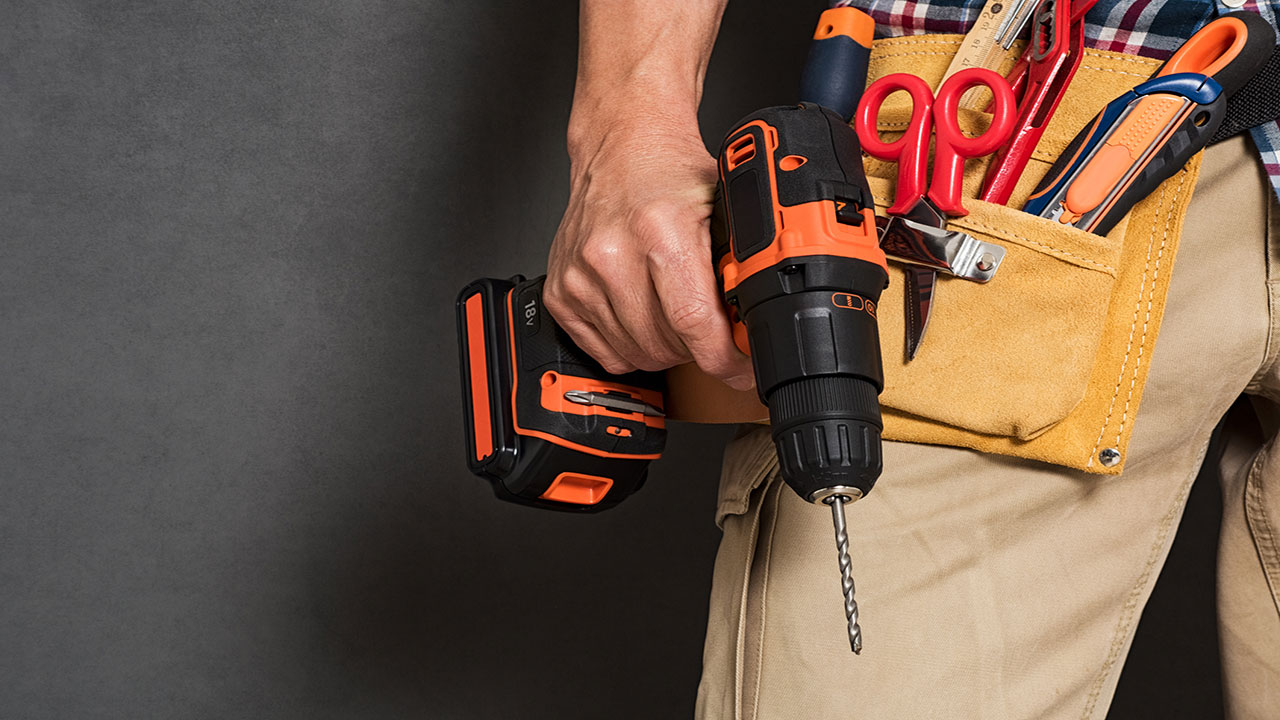
While most of the work should probably be left to the professionals, there’s no reason why you can’t get your hands dirty and do some of the minor work yourself to save some money. Identify what you think you can do on your own and factor that into the calculations of how much the work is going to cost you in total.
8. Leave Room in Your Budget For Surprises
It’s impossible to predict exactly what will happen once you start messing around with a fixer-upper. As such, it’s important that you add a financial cushion to your budget to account for any surprises that might pop up along the way.
Ideally, you should add an extra 10% to your budget to make sure you’ve got enough to cover all the work that’s already been accounted for, and a little extra for surprises.
The Bottom Line
There’s a lot of work that goes into buying and improving a fixer-upper. But the end result is usually well worth all the time and effort. Whether you’re fixing up the home to suit your own needs or are looking to make some money fixing and selling properties, keep the above-mentioned things in mind to ensure a successful project.


